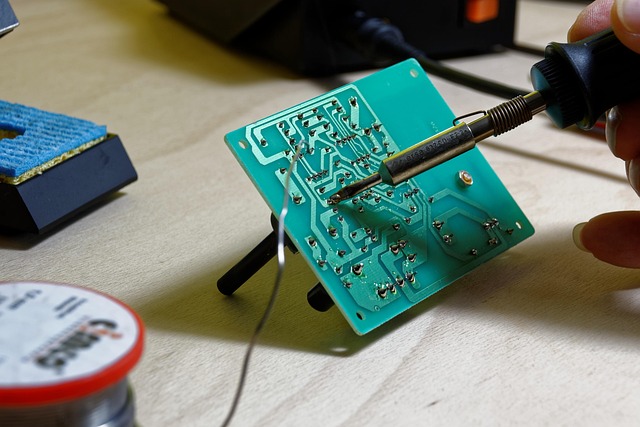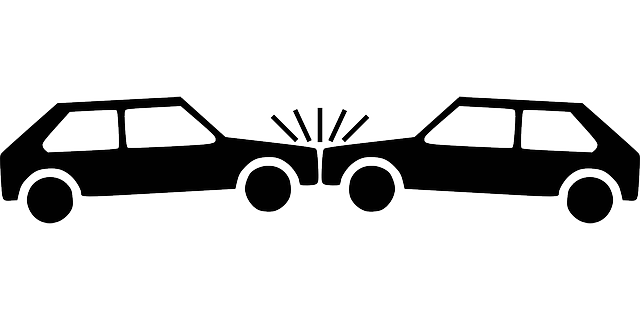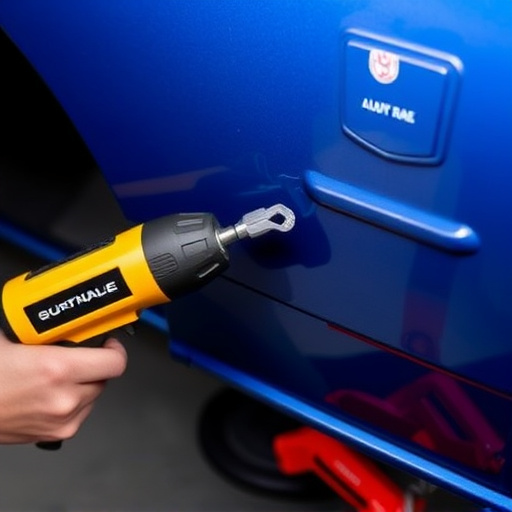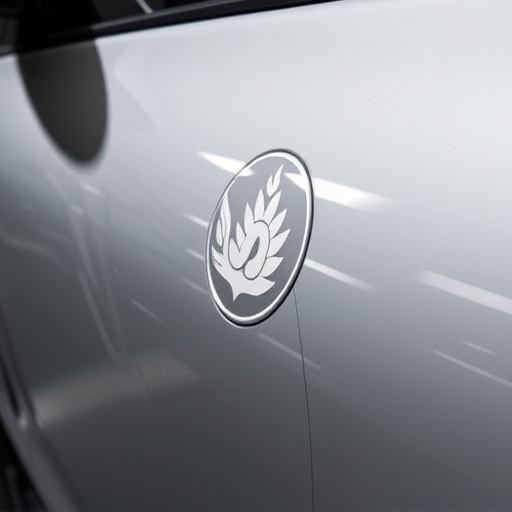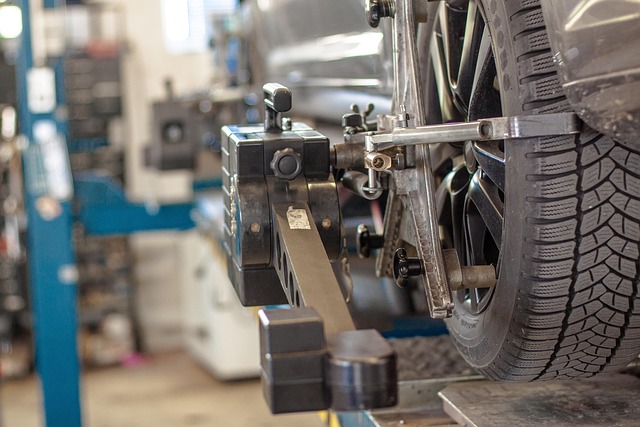Regular Tesla drive unit inspections are vital for EV safety and performance. After power loss events, technicians assess batteries, wiring, control modules, and other components to identify issues. These checks prevent future problems, ensure optimal vehicle operation, and provide Tesla owners with increased peace of mind through proactive maintenance.
Experiencing a sudden power loss in your Tesla can be unsettling. To ensure safety and reliability, understanding how to conduct a thorough Tesla drive unit inspection is crucial. This comprehensive guide delves into the fundamentals of Tesla’s drive units, common causes behind unexpected power losses, and provides a step-by-step process for inspections. By following these guidelines, Tesla owners can maintain optimal vehicle performance and peace of mind.
- Understanding Tesla Drive Unit Basics
- Identifying Common Power Loss Causes
- Step-by-Step Inspection Process
Understanding Tesla Drive Unit Basics
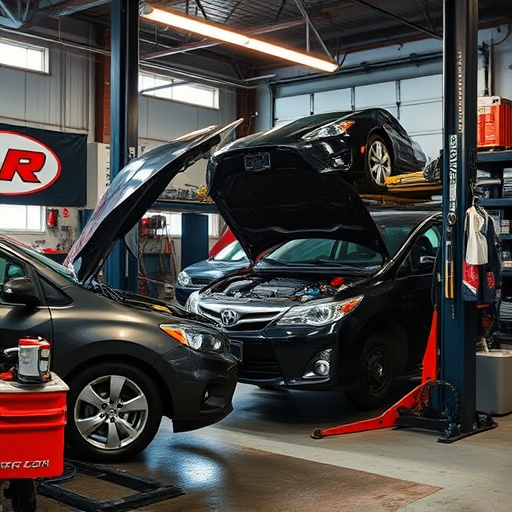
The Tesla Drive Unit (TDU) is a crucial component in the electric vehicle’s (EV) overall performance and safety systems. It acts as the brain, controlling and managing the car’s propulsion, steering, and stability—essential functions for seamless driving. Comprising advanced software and hardware, the TDU ensures that power is distributed efficiently to each wheel, enabling smooth acceleration and precise handling.
During a sudden power loss event, such as an unexpected shutdown or battery-related issue, proper TDU inspection becomes imperative. This process involves checking for damage to the unit itself, examining connections for any loose or corroded wires, and verifying the functionality of associated components like sensors and control modules. Regular maintenance, including TDU inspections, is vital for addressing potential issues early, preventing further damage, and ensuring optimal vehicle performance and passenger safety—all without needing extensive car bodywork services or considering a vehicle restoration.
Identifying Common Power Loss Causes
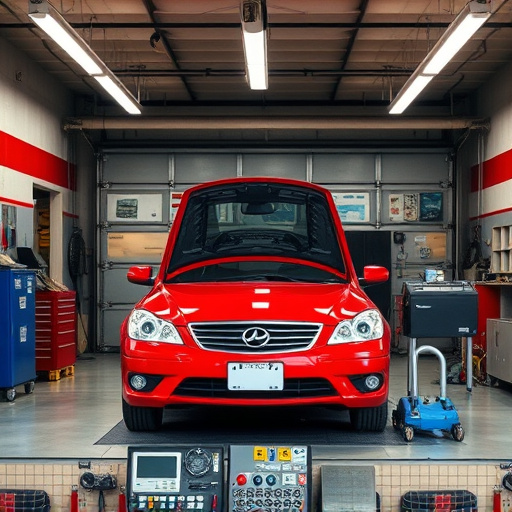
Identifying Common Power Loss Causes
Tesla drive unit inspections are crucial after sudden power loss events. The first step in any such inspection is to pinpoint the root cause, which could be related to a variety of factors. Issues like faulty battery connections, damaged wiring, or compromised power supply units (PSUs) are common culprits. Auto glass replacement and automotive restoration services may also come into play if the event has caused visible damage to these components.
In a vehicle body shop setting, technicians will thoroughly check each component of the Tesla’s electrical system, from the battery packs to the control modules. They’ll look for signs of corrosion, loose connections, or physical damage that could disrupt power flow. A thorough inspection not only helps in understanding the immediate cause but also prevents future sudden power loss events by identifying and rectifying underlying issues, ensuring smoother operations and increased safety for Tesla owners.
Step-by-Step Inspection Process
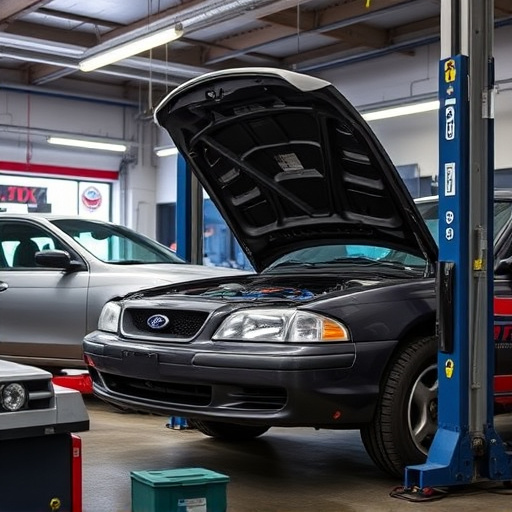
Performing a thorough Tesla drive unit inspection after sudden power loss events is crucial for both safety and effective vehicle repair. Begin by ensuring the vehicle is parked on a level surface, engaging park mode, and disconnecting the battery to isolate any potential electrical issues. Next, check the exterior for any visible signs of damage, as collision repair may be necessary if the event caused impact.
With the vehicle secured, move inside and examine the drive unit’s control panel for error codes or warning lights. Verify the connectivity of all cables and sensors, ensuring they’re properly plugged in and undamaged. If any components appear loose or suspect, refer to the vehicle’s manual or consult a professional. The inspection should also include checking the battery condition, as a failing battery could be the root cause. Lastly, don’t overlook inspecting the alternator and rectifier, vital components for maintaining power supply, to rule out potential issues that may have contributed to the sudden power loss event.
A thorough understanding of Tesla’s drive unit basics and its common power loss causes is essential for effective troubleshooting. By following a structured step-by-step inspection process, vehicle owners and mechanics can efficiently navigate potential issues and ensure optimal performance. Regular inspections are key to maintaining the integrity of the Tesla drive unit, thereby enhancing overall driving experience and safety. Remember, a proactive approach to Tesla drive unit inspection can prevent sudden power loss events from occurring in the first place.





